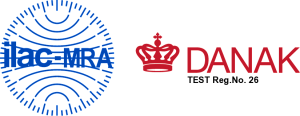At DHI’s Environmental Laboratory, we have more than 30 years of experience in ecotoxicological services. We offer both laboratory testing and expert environmental consultancy to assess the ecological impact of substances and effluents in both freshwater and marine environments.
We conduct testing across a wide range of test items, including chemicals and chemical products, industrial and municipal wastewater (from manufacturing, mining, and sewage treatment), contaminated sediments, produced water from offshore oil and gas operations, and ballast water, assessed through whole effluent toxicity testing of management systems.
In addition to laboratory services, we deliver tailor-made solutions that integrate testing with risk assessment, fate and exposure modelling, and scientific literature reviews—supporting sustainability, regulatory compliance, and strategic project planning.
Whether you require a single test or a full-scale environmental impact assessment, our experienced team is ready to help.


